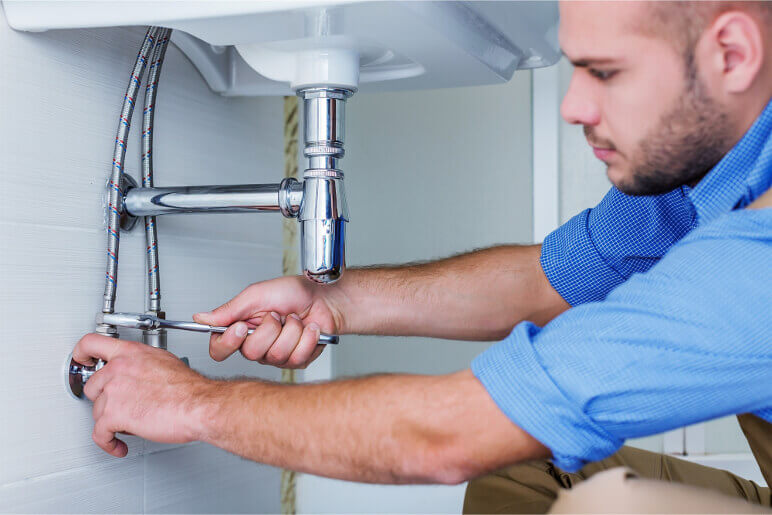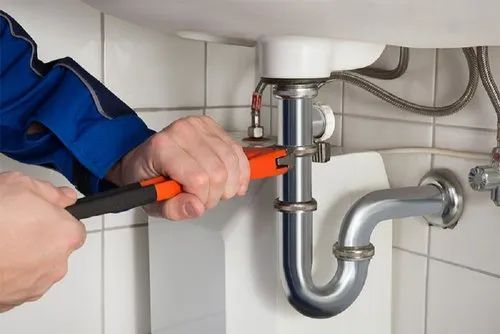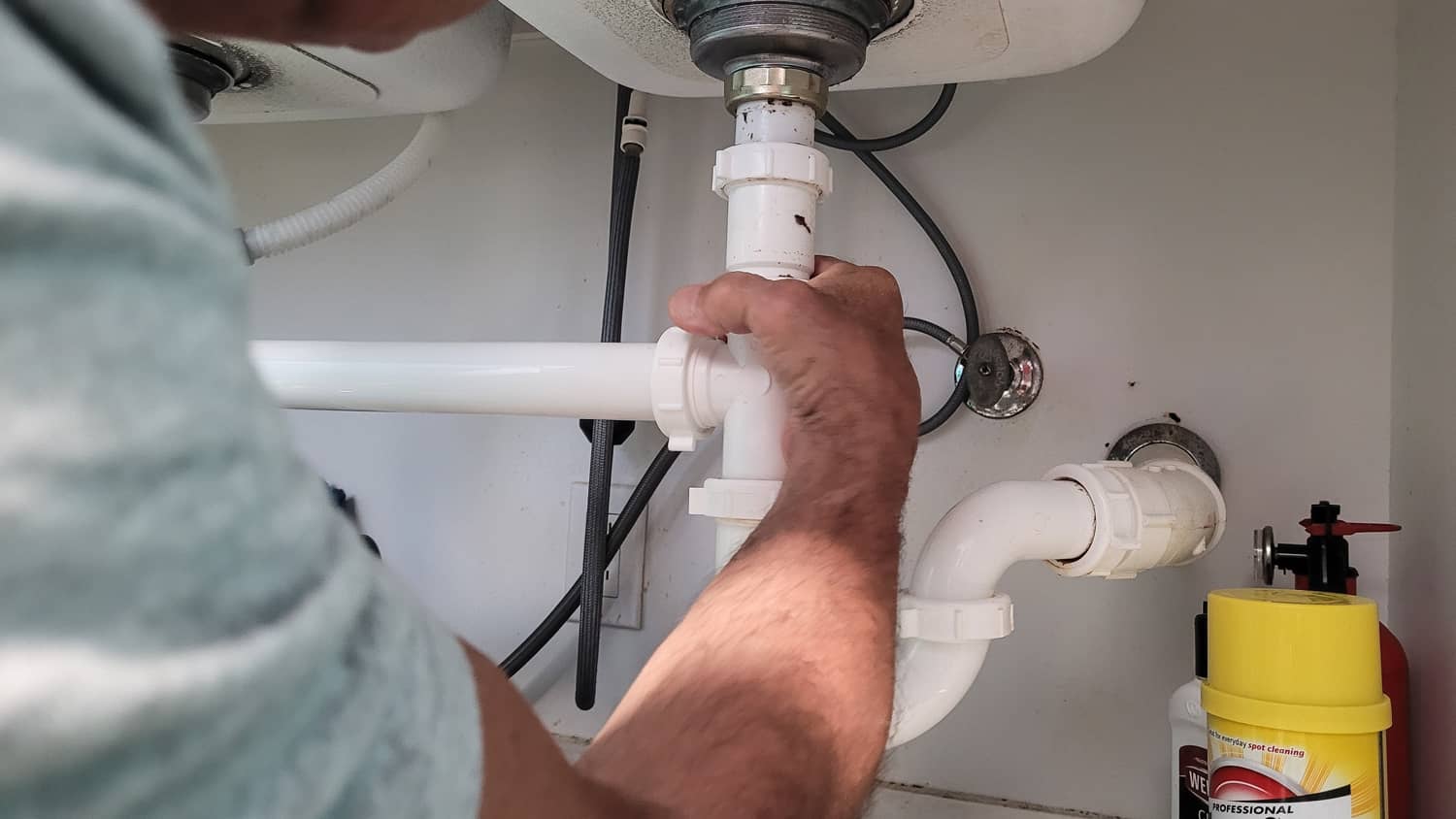Building a new house is an exciting journey, filled with countless decisions. Among these, water-saving plumbing tips for new houses should be at the forefront of your planning. With environmental concerns and rising utility costs, integrating water-saving solutions is not only responsible but also economically wise.
In this article, we will explore how you can incorporate efficient plumbing systems in your new home. Whether you’re a homeowner or a real estate developer, these water-saving plumbing tips can help you create a sustainable and cost-effective living environment.

Why Focus on Water-Saving Plumbing?
Water conservation is crucial in today’s world. With climate change affecting water availability, smart water management in homes becomes essential. Moreover, efficient plumbing can significantly reduce water bills, making it a win-win for both the environment and your pocket.
Understanding Water-Saving Plumbing
Before delving into specific tips, it’s important to understand what water-saving plumbing entails. It involves using technologies and practices that reduce water usage without compromising on performance. From fixtures to appliances, every element can be optimized for efficiency.
Choosing the Right Fixtures
One of the easiest ways to save water is by installing low-flow fixtures. These include toilets, faucets, and showerheads designed to use less water. For instance, a low-flow toilet can save up to 4,000 gallons of water annually compared to traditional models.
Smart Appliances for Water Efficiency
Investing in water-efficient appliances can make a significant difference. Look for washing machines and dishwashers with high water efficiency ratings. These appliances are designed to use less water without sacrificing performance.
Implementing a Greywater System
Consider installing a greywater system in your new home. This system collects water from showers, sinks, and washing machines, which can then be reused for purposes like irrigation. Not only does this save water, but it also reduces your water bill.
Designing an Efficient Plumbing Layout
Proper plumbing layout is key to water efficiency. By minimizing the distance between water heaters and fixtures, you can reduce the time water takes to heat up and, consequently, the amount of water wasted while waiting for it to warm.
Centralized Plumbing System
A centralized plumbing system ensures that all water-using fixtures are close to the water heater. This reduces heat loss and water wastage. Moreover, insulated pipes maintain water temperature, further enhancing efficiency.
Regular Maintenance and Inspections
Regular maintenance is crucial for sustaining water efficiency. Routine inspections can identify leaks and inefficiencies that may otherwise go unnoticed. Addressing these issues promptly can prevent excessive water usage and costly repairs.
External Resources and Expert Advice
For more detailed guidance, consider consulting with plumbing experts. They can provide tailored solutions that meet your specific needs. Check out this external resource for professional insights and tips on plumbing planning for new homes.
Integrating Water-Saving Technology
Technology plays a pivotal role in modern plumbing systems. Smart home technology allows you to monitor and control water usage remotely. By integrating smart meters and leak detectors, you can ensure efficient water use at all times.
Smart Water Meters
These devices track water usage in real time, providing insights into your consumption patterns. This information helps you identify areas for improvement, enabling you to make informed decisions about water use.
Leak Detection Systems
Leak detectors alert you to leaks as soon as they occur, preventing water waste and damage. Early detection is key to maintaining an efficient and sustainable plumbing system.
Conclusion
Incorporating water-saving plumbing tips for new houses is essential for creating a sustainable and cost-effective living environment. By choosing efficient fixtures, designing smart plumbing layouts, and integrating technology, you can significantly reduce water usage and utility costs.
For more insights on plumbing systems, visit stormwater drainage systems and basement bathroom plumbing for new constructions.

FAQs
How do low-flow fixtures save water?
Low-flow fixtures are designed to use less water per minute compared to traditional fixtures. They achieve this by aerating the water, maintaining pressure while reducing volume.
What is a greywater system?
A greywater system collects water from showers, sinks, and washing machines. This water can be reused for non-potable purposes like irrigation, reducing overall water consumption.
Why is plumbing layout important for water efficiency?
A well-designed plumbing layout minimizes the distance water must travel from the heater to the fixture. This reduces heat loss and water wastage, enhancing efficiency.
This article contains affiliate links. We may earn a commission at no extra cost to you.



